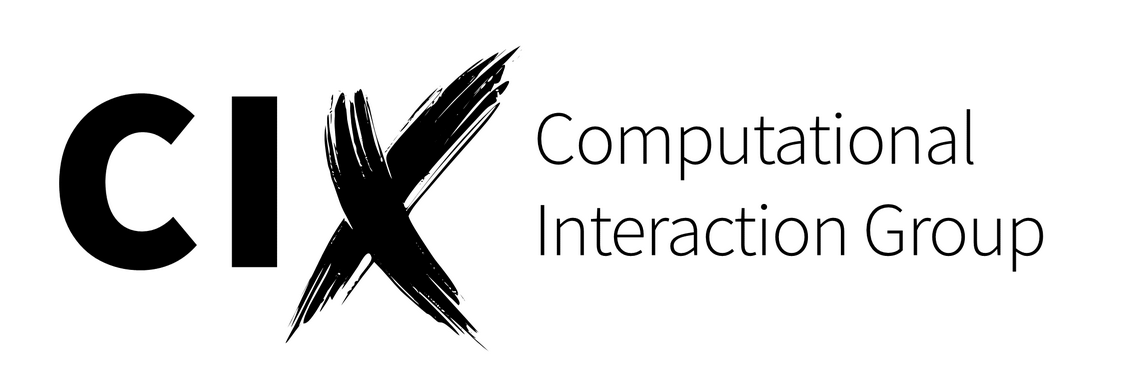Abstract
This paper revisits the present understanding of typing, which originates mostly from studies of trained typists using the ten-finger touch typing system. Our goal is to characterise the majority of present-day users who are untrained and employ diverse, self-taught techniques. In a transcription task, we compare self-taught typists and those that took a touch typing course. We report several differences in performance, gaze deployment and movement strategies. The most surprising finding is that self-taught typists can achieve performance levels comparable with touch typists, even when using fewer fingers. Motion capture data exposes 3 predictors of high performance: 1) unambiguous mapping (a letter is consistently pressed by the same finger), 2) active preparation of upcoming keystrokes, and 3) minimal global hand motion. We release an extensive dataset on everyday typing behavior.
Links
BibTeX (Download)
@inproceedings{Feit2016,
title = {How We Type: Movement Strategies and Performance in Everyday Typing},
author = {Anna Maria Feit and Daryl Weir and Antti Oulasvirta},
url = {https://userinterfaces.aalto.fi/how-we-type/},
doi = {10.1145/2858036.2858233},
isbn = {978-1-4503-3362-7},
year = {2016},
date = {2016-01-01},
urldate = {2016-01-01},
booktitle = {SIGCHI Conference on Human Factors in Computing Systems},
publisher = {ACM},
address = {New York, NY, US},
series = {CHI '16},
abstract = {This paper revisits the present understanding of typing, which originates mostly from studies of trained typists using the ten-finger touch typing system. Our goal is to characterise the majority of present-day users who are untrained and employ diverse, self-taught techniques. In a transcription task, we compare self-taught typists and those that took a touch typing course. We report several differences in performance, gaze deployment and movement strategies. The most surprising finding is that self-taught typists can achieve performance levels comparable with touch typists, even when using fewer fingers. Motion capture data exposes 3 predictors of high performance: 1) unambiguous mapping (a letter is consistently pressed by the same finger), 2) active preparation of upcoming keystrokes, and 3) minimal global hand motion. We release an extensive dataset on everyday typing behavior.},
keywords = {},
pubstate = {published},
tppubtype = {inproceedings}
}
